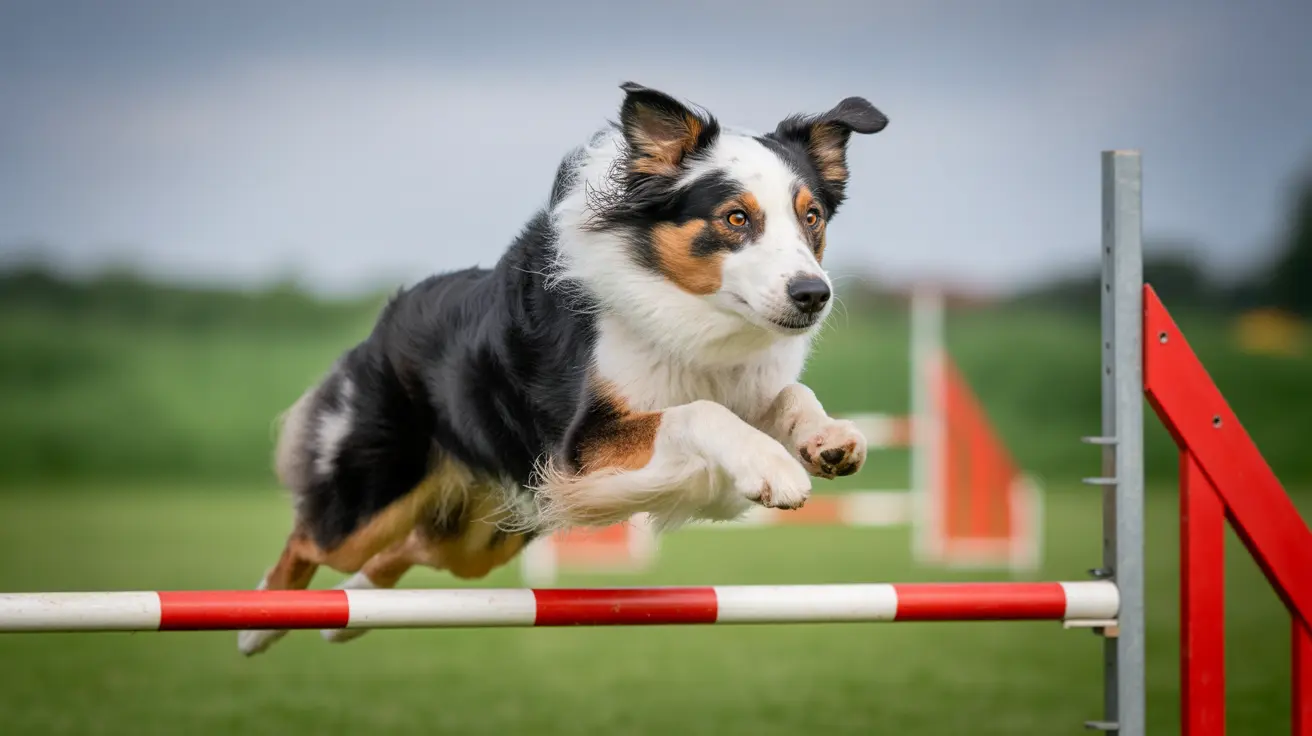Why Physical Fences and Supervised Options Are Better Than Invisible Fences
Invisible dog fences, while popular for their aesthetic appeal and lower cost, come with several critical limitations and risks that make alternative containment methods more effective in many cases. Understanding these shortcomings is crucial for responsible pet ownership.
What Are Invisible Fences?
Invisible fences, also known as electric or hidden fences, consist of a transmitter, a boundary wire (for wired systems), and a receiver collar for the dog. They use a radio signal to keep pets within a designated area. As the dog approaches the boundary, it receives a warning tone followed by a static correction if it continues moving forward.
Benefits of Invisible Fences
- Lower cost than building a physical fence, especially for large properties.
- Flexibility in installation, including around obstacles like gardens.
- Preserve landscaping and views with no visual barrier.
- Useful in areas with physical fence restrictions.
- Quick setup, particularly for wireless systems.
Key Drawbacks of Invisible Fences
- Physical discomfort: The correction collar can cause pain, fur loss, or even injuries in some cases.
- Behavioral issues: Dogs may develop fear of their yard, become anxious around beeping sounds, or show aggression.
- Limited protection: While they keep dogs in, they don’t keep threats out—such as wild animals or trespassers.
- Unreliable containment: Highly motivated dogs may ignore corrections to chase prey, and fear of shocks can prevent them from returning.
- Equipment failure: Dead batteries, wire breaks, or power outages make the system ineffective.
- Not for all dogs: Young, ill, fearful, or sensitive dogs may react poorly.
- Reinforcement of reactivity: Can increase barking or lunging behaviors at perceived threats outside the boundary.
Why Physical Fences Are Often Better
Compared to invisible fences, a well-installed physical fence offers dependable containment and protection:
- Clear and visible boundaries for dogs, making training easier and reducing anxiety.
- Greater security from external animals and humans entering the yard.
- No reliance on electronics or battery power.
- No shock-based corrections, keeping the containment humane and stress-free.
- Suitable for all dogs, including puppies or dogs with medical or behavioral issues.
Other Safe and Effective Alternatives
- Leash walks: Offering controlled environments and bonding time with your pet.
- Long lines: Allow for exploration under supervision while maintaining control.
- Dog runs or enclosures: Provide secure space for exercise without needing a full yard fence.
- Supervised yard time: Being present ensures safety without relying on automation.
Invisible Fence as a Supplement
In some cases, an invisible fence can supplement a physical fence—for example, to prevent digging or climbing. However, this requires consistent training, regular maintenance, and careful supervision.
Conclusion
While invisible fences can be beneficial in specific circumstances, they don’t match the safety, clarity, and reliability of physical fencing and supervised containment. Responsible dog owners should evaluate their pet’s needs, property characteristics, and lifestyle before choosing a containment method. Whenever possible, opt for approaches that prioritize your dog's physical and emotional wellbeing.





